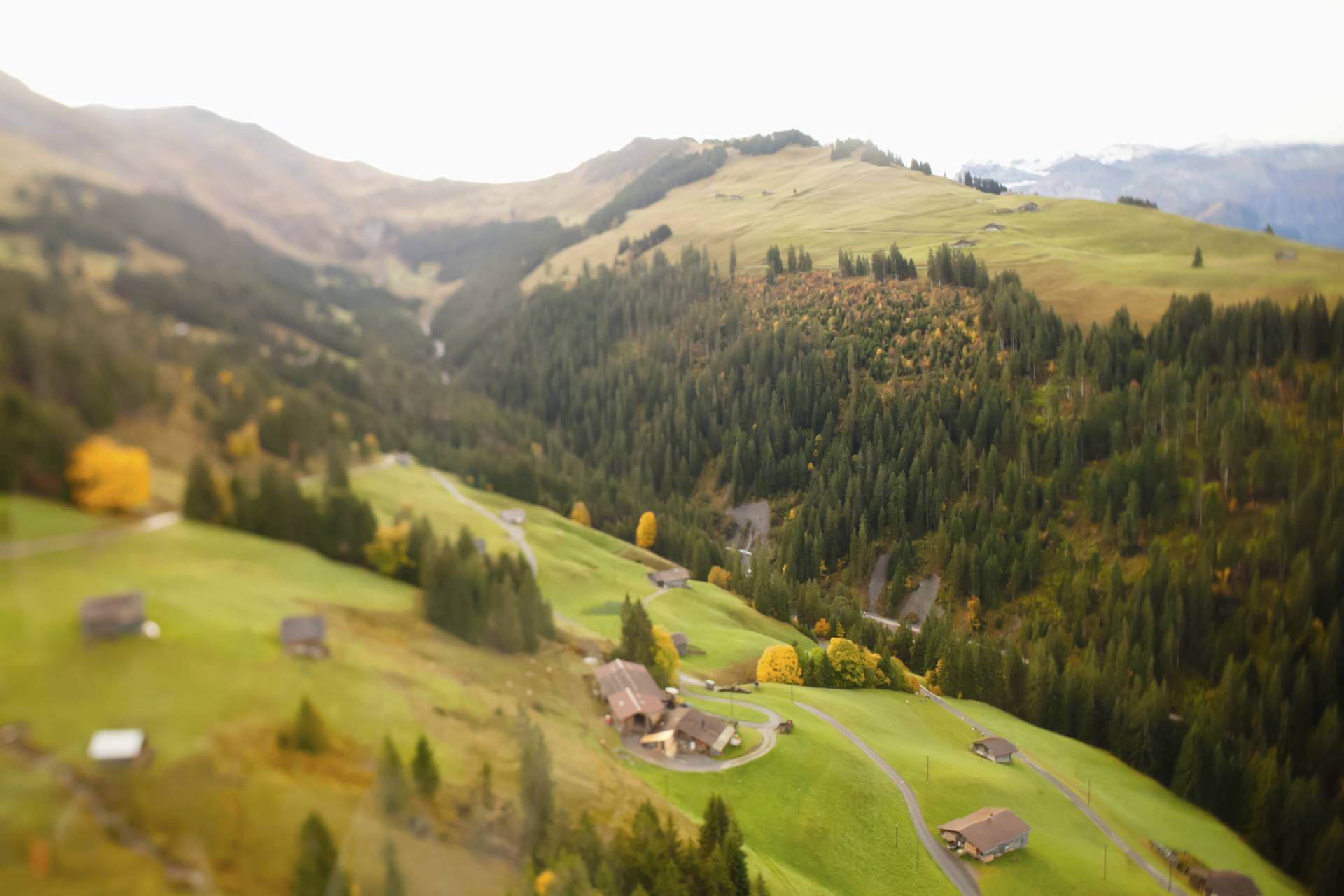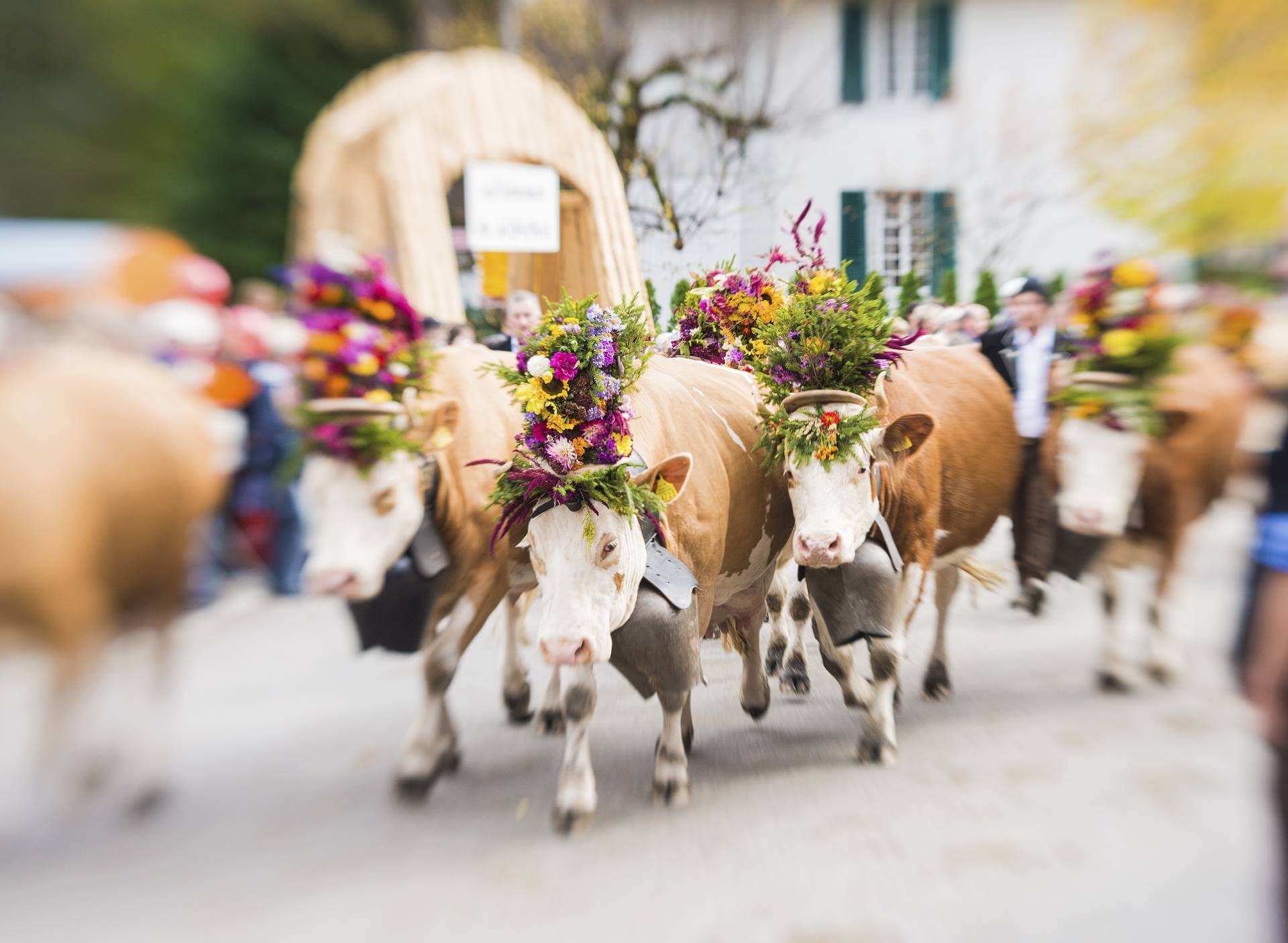
Tilt-Shift - More Than Just a Miniature Effect
Photos with a tilt-shift effect make cities, landscapes and people look like scenes from a model railway exhibition. With the right technique, subjects can be given a very special and unmistakable look. We will show you the technique for a tilt-shift effect and whether it is worth buying a special lens and what alternatives are available.
What Is Tilt-Shift?
The term is made up of the words tilt and shift. By shifting the position of the focal plane in relation to the image plane, perspective distortions caused by the camera panning can be avoided. These are caused by the camera's central projection, whereby horizontal lines are displayed correctly while vertical lines appear to run towards a vanishing point. This has been named after its inventor Theodor Scheimpflug. The term is commonly used in architectural photography, but also in landscape and product photography to prevent the appearance of so-called converging lines. These tapers of parallel vertical lines occur, for example, when objects are photographed from ‘bottom to top’.
Getting a Miniature effect with a Tilt-Shift Camera Lens
Tilt-shift lenses cannot be used to correct perspective errors. The so-called miniature effect, which makes images appear as if they were taken on a miniature landscape is very popular. This effect is created by the tilt feature on this type of camera lens. The sharpness of the image can be controlled by tilting the lens plane. A strip in the centre of the image, is deliberately shown in focus, while the rest of the subject appears blurred. The photo is taken from above, which makes the photo look like a miniature scene.

Alternatives to Tilt-Shift Lenses: Editing Photos on a Computer
Investing in an expensive tilt-shift lens is usually only worthwhile if it is used regularly. However, even amateur photographers do not have to do without the effects that can be achieved with it.
Distorted lines can often be easily corrected on a computer. In our article Photoshop tutorial: converging lines, we have already shown you how to correct distorted lines with Adobe Photoshop. The lens correction filters available in Photoshop and Lightroom are used for this. Subsequent correction is also easily possible with free photo editing programmes such as GIMP.
The miniature effect is also easy to implement on your computer. There are numerous tutorials on the Internet that describe how this can be done. Newer versions of Photoshop from CS 6 onwards already have a tilt-shift filter included. This can be found under Filter > Blur Filter > Tilt-Shift. If you don't have a high-quality camera or professional photo editing software, you can also get great results with your smartphone. Lots of apps also offer this and give you great results. Many modern compact cameras also have a scene programme for a miniature effect.


However, it is important to keep in mind that editing images for a tilt-shift effect will not give you the same results as using a tilt-shift camera lens. You can edit your images if you do not want to invest in an expensive special camera lens. Amateur photographers can achieve very similar results with photo editing programmes, but a tilt-shift lens is a must-have for any architecture photography enthusiast.
